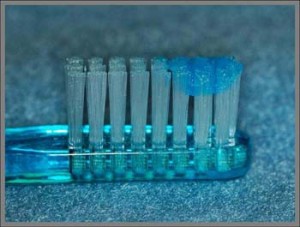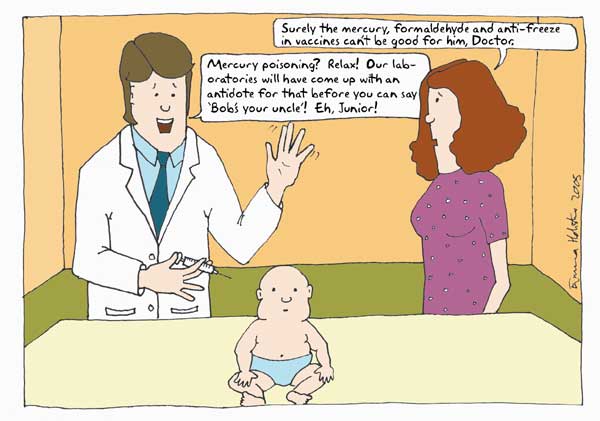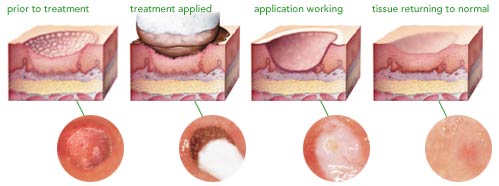The answer is yes, according to the Pediatric Dentistry Center Philippines. Â And the makati dentist agrees so. Here are some of our recommendations.
1. Use a toothpaste that is formulated for kids. Â The fluoride content is lesser than the regular toothpaste adults use.
Remember, when bacterias attack the tooth, the minerals that make up the tooth weakens. Â Fluoride re-mineralizes the weakened part of the tooth. Fluoride also discourages the bacteria that produces the cavity-causing acids from attacking the tooth.
2. Combined with good oral hygiene and consumption of healthy food, the risk for decay in your child’s teeth is low. However, if you plan to constantly give sweet and sticky foods to your kids, fluoride will be of little or no help at all.
3. For children under 2 years old, use a SMEAR amount of fluoridated toothpaste. Babies still don’t know how to spit out toothpaste; ingesting minute amounts will not cause harm to his body or teeth.  Brush their teeth after every meal, but use the toothpaste only twice a day preferably morning and night before going to sleep. If you live in places known to have very high levels of fluoride in the drinking water, or your family consumes fluoride-rich food everyday, use non-fluoridated toothpaste.

4. For those aged 2 to 5 years, a pea-sized amount is recommended. Remember that the parents should be the one to dispense an appropriate volume of toothpaste on a soft, age appropriate toothbrush. Â At this age, kids should be taught how to spit out the excess toothpaste. Â No need to wash it away with water, since the remaining fluoride can ‘bathe’ the teeth and offer higher level of protection from acid attack.

Your dentist in makati also recommends that your child have fluoride treatment done every 6 months. Â This is highly recommended for kids 6 years and above. Â For kids younger than 6, check up and early exposure to a clinical environment will be beneficial to build a comfortable relationship between the makati dentist and your child.








 Well, if you are one of the million people who has one or more amalgam fillings, chances are, you are ingesting mercury right now as we speak.
Well, if you are one of the million people who has one or more amalgam fillings, chances are, you are ingesting mercury right now as we speak.





